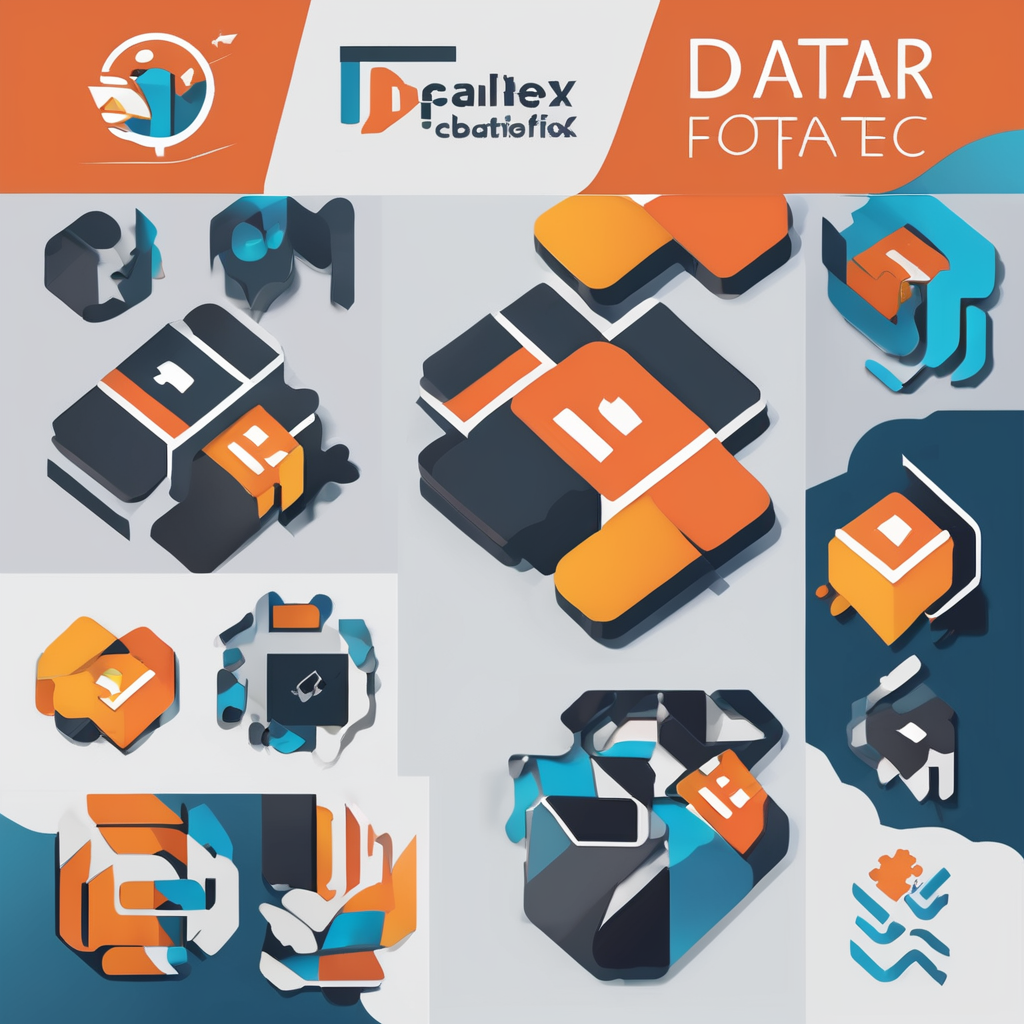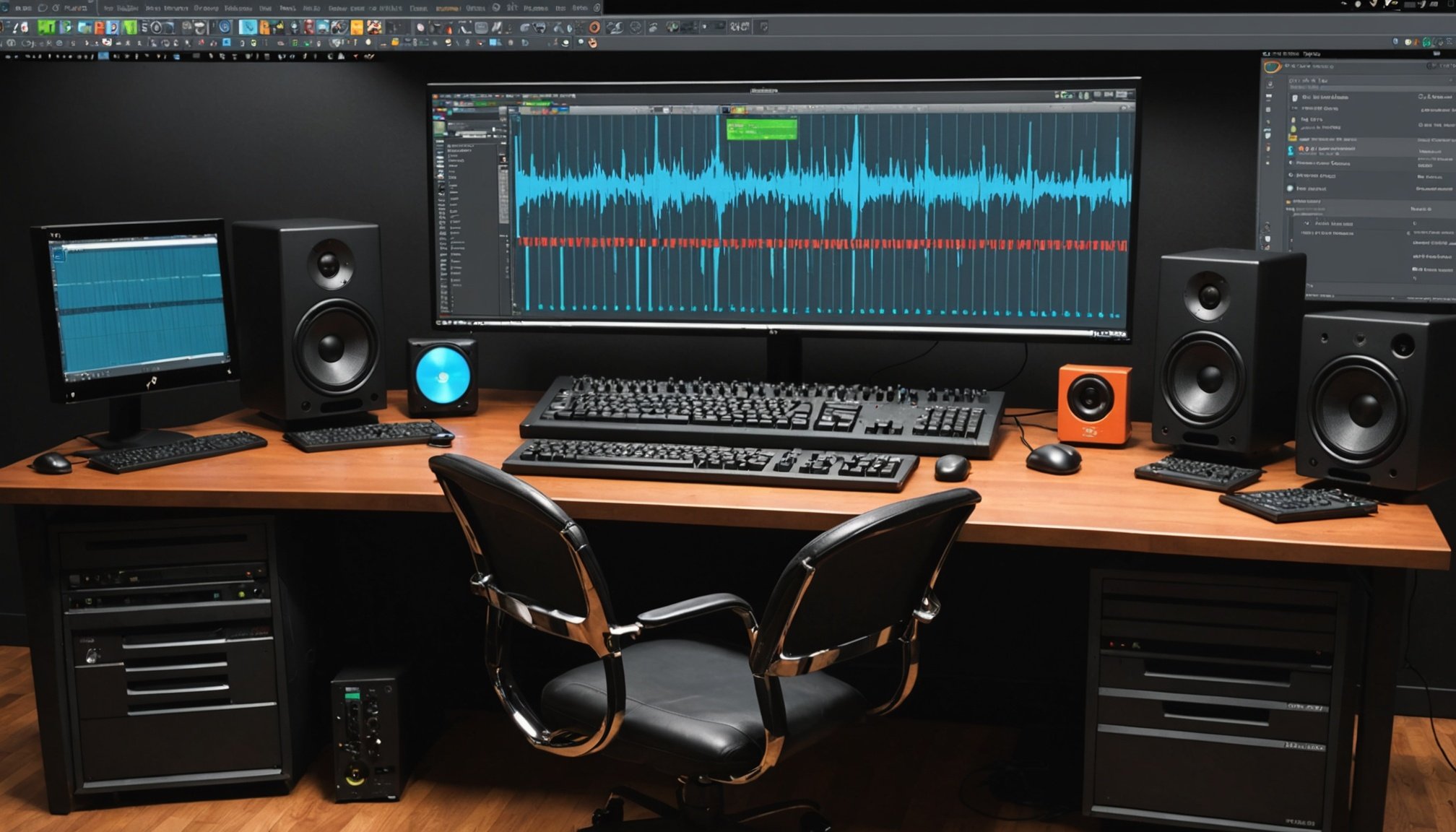Understanding the Requirements for Music Production PCs
Before diving into building a custom PC for music production, it is crucial to comprehend the core system needs, especially if you plan to use FL Studio. FL Studio, a popular music production software, has specific system requirements that directly impact performance. These requirements can vary depending on the complexity and scale of the projects you aim to produce.
Key Components
The major components that significantly influence the performance of a music production PC include the CPU, RAM, and storage.
Also to read : Comprehensive blueprint for crafting a high-performance media server using nvidia shield tv and external storage options
-
CPU: The processor is the heart of your setup. It manages all tasks and computations, so a powerful CPU is essential. Multi-threaded performance can enhance workflow efficiency, especially for tasks involving multiple tracks and plugins.
-
RAM: Adequate RAM is essential for managing projects that involve numerous samples and tracks. For a seamless experience, ensure your PC has enough memory to handle the load without hiccups.
-
Storage: Opting for SSDs over HDDs can significantly boost load times and data retrieval speeds, making your music production tasks more fluid. Additionally, balance between these components ensures a smooth and productive music creation experience without bottlenecks.
Selecting Components for Your Custom Music Production PC
Choosing the best components for music production is key to a successful custom build. Each component plays a pivotal role in maximizing the performance of your setup. It’s important to understand these components to ensure efficient multitasking and smooth operation in FL Studio.
Processor
The processor is crucial for managing multiple audio tracks and plugins. Recommended CPU models for FL Studio include the AMD Ryzen 9 and Intel i9 series. These chips offer a good balance of core count and clock speed for robust multi-threaded performance. A higher core count supports high-demand production tasks, ensuring a fluid music creation process without lag.
Memory (RAM)
For music production, having adequate RAM can make a significant difference. An ideal starting point is 16GB, but for more intensive use, 32GB is beneficial. It’s also important to consider RAM speed, with faster speeds leading to better data handling and efficiency. The more RAM available, the better your PC can handle large projects and extensive sample libraries.
Storage Solutions
SSD vs. HDD: An SSD is recommended over an HDD for better speed and load times. Ideal storage capacity starts at 500GB for SSD, with supplementary HDDs for additional space. Ensure robust data backup options to protect your valuable projects.
Building Your Custom PC: Step-by-Step Guide
Creating a custom PC for music production can be an exhilarating journey if approached with the right tools and techniques. To begin, gather essential tools: a Phillips screwdriver, antistatic wrist strap, and thermal paste. Organisation is key to success.
Essential Tools and Best Practices
Before starting, set up your workspace to ensure all components and tools are at hand. Begin by installing the CPU and RAM onto the motherboard. Handling these parts with care is crucial to maintaining their integrity. Next, align the motherboard inside your case, secure it, and proceed with attaching the power supply and storage drives.
Step-by-Step Assembly Process
- Install the CPU and cooler – Carefully place the CPU into its socket, apply thermal paste, and attach the cooler.
- Insert the RAM sticks – Slot them into the RAM slots, ensuring a firm fit.
- Fix the motherboard – Secure it in the case, aligning it with standoffs.
- Connect the power supply – Attach power cables to the motherboard, CPU, and drives.
- Install the storage drives – Secure them in their bays and connect appropriate cables.
When assembling, focus on clean cable management to prevent obstructions and encourage efficient airflow. Proper airflow is vital for keeping components cool during extensive music production sessions.
Troubleshooting Common Issues
Encountering challenges while using a custom PC for music production can be frustrating. Here, we tackle common issues and provide strategies for resolution.
Identifying Performance Bottlenecks
To diagnose bottlenecks, monitor your system’s CPU, RAM, and storage usage. High CPU usage can indicate the need for an upgrade or optimization of software settings. Excessive RAM usage may require checking for unnecessary background processes or considering a memory upgrade. For storage issues, review disk space and transfer speeds, ensuring SSDs function optimally.
Use performance monitoring tools like Task Manager or third-party software to keep track of system performance indicators. These tools can help pinpoint areas where performance might be lagging.
Resolving Audio Latency Issues
Audio latency is a frequent obstacle in music production. Key causes include inefficient audio settings and overloaded CPU resources. Solutions involve adjusting the buffer size in your audio interface settings and utilising ASIO drivers for lower latency.
For persistent issues, check for driver updates or invest in a dedicated audio interface, as onboard audio might not provide the best performance. Proper configuration ensures a smoother production experience.
Dealing with Plugin Compatibility Problems
Address plugin issues by verifying compatibility with your version of FL Studio and ensuring they’re correctly installed. Incompatible plugins may need updates or alternative versions. To troubleshoot, keep your software environment clean and organised, removing redundant or outdated plugins to maintain system health.
Setting Up Your Custom PC for FL Studio
Once your custom PC for music production is assembled, setting it up specifically for FL Studio will help streamline your workflow and optimize performance.
Operating System Installation
Choosing the right operating system is crucial. Both Windows and macOS offer robust support for music production. Ensure that you’re using a 64-bit version for better memory handling. When installing, disable unnecessary background applications that may interfere with FL Studio performance.
Installing FL Studio
Install FL Studio efficiently by downloading the latest version from the official website. Follow the step-by-step installation process, ensuring that you select the correct audio driver, such as ASIO, during setup. Post-installation, configuring the software to fit your workflow is just as crucial. Adjust general settings, such as sample rate, according to the hardware capabilities of your setup.
Configuring Audio Settings
Optimal audio settings are essential for performance. Invest in a high-quality audio interface to reduce latency and improve audio fidelity. Set these up with ASIO drivers, noted for their low latency performance. Configuring the buffer size in the audio settings can further help manage CPU load during high-production periods, ensuring smooth and uninterrupted music production.
Performance Optimization for Music Production
Optimising a custom PC for music production is crucial to enhance workflow and ensure peak performance. Adjust software settings to boost efficiency by managing plugin instances and utilising CPU-friendly versions. Use the Stanford Question Answering Dataset (SQuAD) approach to address which settings need tweaking. For instance, adjusting the FL Studio buffer size to a lower setting can help manage the CPU load during intensive projects and reduce latency.
Efficient plugin management is vital. Prioritise using native FL Studio plugins, known for their seamless integration and lower CPU usage. For third-party plugins, avoid running multiple instances if they are CPU-intensive, or use lower polyphony in synthesizers.
Regularly maintain the system by clearing cache files and updating software and drivers to ensure there’s no lag in performance. Facilitate smooth operation by conducting periodic checks for software updates and plugin versions to avoid compatibility issues.
High precision in diagnosing problems leads to implementing effective solutions, ultimately maximising your custom PC’s potential for FL Studio use. Keeping your system in optimal condition guarantees that you can tackle any music production challenge with confidence and creativity.











